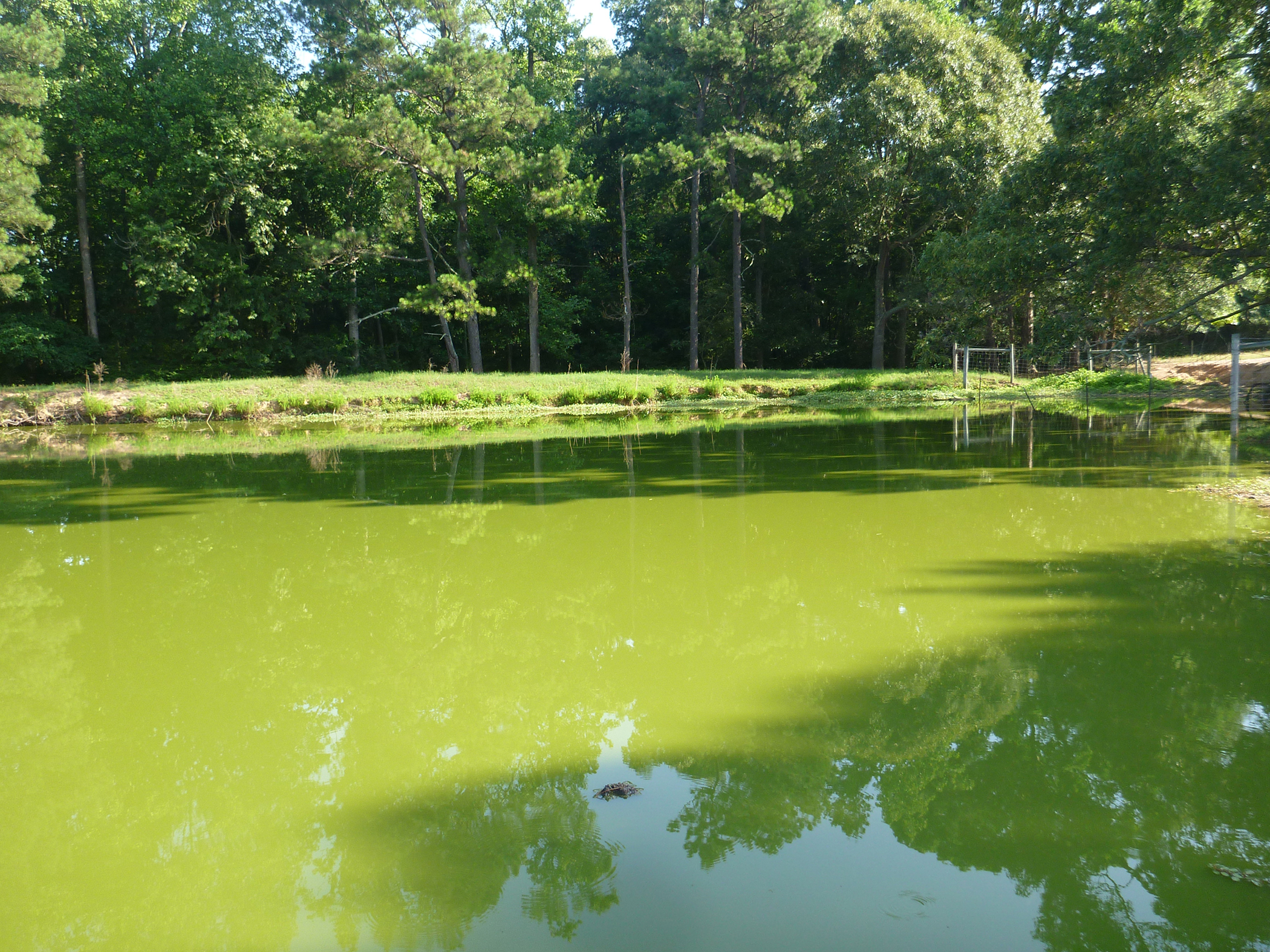Athens, Ga. – In August 2014, dangerous levels of a toxin produced by harmful algal blooms in Lake Erie compromised the water supply in Toledo, Ohio, as well as many other smaller cities and towns. The bloom, spawned by large concentrations of cyanobacteria that occur naturally in all ecosystems, produced toxins that have broad implications for human health.
With large and small bodies of water in Georgia just as vulnerable to these blooms, researchers at the University of Georgia are working to develop an early warning system using social media platforms and cloud computing to crowdsource instances where further monitoring may be necessary.
The project—known as CyanoTRACKER—will use Twitter, Facebook and Instagram to help identify localized blooms at lakes and ponds across Georgia.
The online tools will complement remote sensing of cyanobacteria outbreaks. Data from social media sites and the project website, cyanotracker.uga.edu, will be compiled, checked against sensor data or investigated further and used to alert local authorities about harmful algal blooms.
The project is a collaboration between three researchers in the UGA Franklin College of Arts and Sciences: Lakshmish Ramaswamy and Suchendra Bhandarkar in the department of computer science and Deepak Mishra in the department of geography. The three combine their individual expertise in intensive computing, hyperspectral sensing, image processing and data mining to develop a new approach to an acute environmental problem involving Georgia’s inland waterways.
“Cloud computing has been all the rage recently, and the idea here is the data can be captured locally but shared globally, stored in the cloud and made accessible to everyone,” Ramaswamy said. “We are integrating the community cloud, the sensor cloud and the multimedia cloud for interactive, sustainable management of lakes.”
“The idea is to use citizen participation to capture the initiation of these harmful algal blooms, which can be very dangerous to humans and cattle and even pets,” Mishra explained. “The cyano bloom that affected communities around Lake Erie could happen here, so rapid continuous monitoring using community-driven, crowdsourcing, social network-triggered data capture is the idea. You can think of it as a neighborhood watch system for Georgia waters.”
The research team completed a pilot study of the project with a seed grant from the Franklin College and the UGA Office of the Vice President for Research. The current project was funded by the National Science Foundation’ CyberSEES program.
“Residents, recreational visitors, athletes, anyone in the vicinity of lakes or ponds can just take a photo with their smart phone and upload to Facebook (on the CyanoTRACKER page) or Tweet with the hashtag #cyanotracker,” Bhandarkar said.
Data uploaded to social media will be mined and analyzed by algorithms developed by the researchers, which will allow the team to use hyperspectral sensing to examine the instances of harmful algal blooms around the state more closely.
“As the owner and operator of nearly 60,000 acres of significant lakes that enable hydropower production as well as provide other uses to the public including contact recreation, fishing and drinking water supply, Georgia Power Company has a particular interest in cyanobacteria monitoring,” said Tony Dodd, environmental specialist with Georgia Power Company, which provided a letter in support of the project. “The periodic occurrence of potentially harmful algal blooms along with increasing population growth and land-use pressures presents new lake management challenges for Georgia Power, regulatory agencies and the surrounding communities.”
In addition to recreation, six lakes in Georgia plus Lake Harding in Alabama supply drinking water for Georgians. Neither state or nor federal regulations exist to provide protection due to harmful algal blooms.
“We believe that deploying sensors for high frequency data acquisition and utilizing social-network-based crowdsourcing methods to detect the bloom initiation, development and growth can provide extremely valuable information and aid in the development of a harmful algal bloom forecasting model,” Bhandarkar said.
As a lead up to the summer months when blooms occur, the UGA team will solicit participation from community members across the state through a public information campaign.
“It is of great importance to let the public know how they can play a part in this monitoring process and help protect the lakes and waterways they enjoy so immensely,” Ramasway said.
More information on the project is available at cyanotracker.uga.edu.


